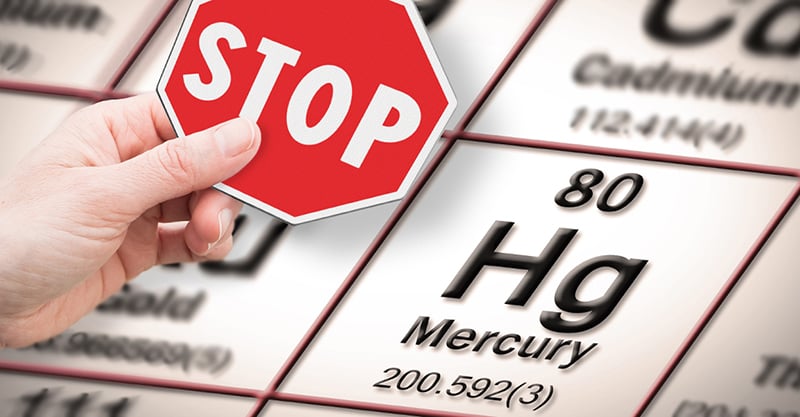Mercury Research

The literature confirming the toxicity of mercury goes well beyond its associations with autism. This document includes abstracts for over 240 studies that confirm the harmful effects of mercury from any source on brain cells, immune cells and other systems in the body. These include cellular, animal and human studies. There can be no justification for any intentional use of mercury given the extent of this literature.
Annotated Version of Peer-Reviewed, Published Research Linking Autism, Mercury and Thimerosal
In February 2017, Children’s Health Defense collected 89 peer-reviewed published articles linking autism, mercury and thimerosal. Each of these article abstracts are presented here along with a short annotation in layman terms about what the researchers found and how the findings are linked to autism. The science continues to accumulate that mercury and thimerosal are potent drivers of the autism epidemic. Download PDF (36.4MB)
Browse through and/or download a PDF of all the study abstracts, or read the individual study abstracts listed individually.
Also see:
Two options:
Download pdf of all studies (27.1mb) or browse the following 240+ abstracts (first page of study only).
Rohyans 1984 – Mercury toxicity following merthiolate ear irrigations
Rooney 2016 – Mercury Levels in Newborns and Infants After Receipt of Thimerosal-Containing Vaccines
Sajich 1999 – Iatrogenic exposure to mercury after hepatitis B vaccination in preterm infants
Skalny 2016 – Mercury as a possible link between maternal obesity and autism spectrum disorder
Suwalsky 2016 – Effects of Thimerosal on Lipid Bilayers and Human Erythrocytes: An In Vitro Study
Uchida 1994 – Thimerosal Induces Toxic Reaction in Non-Sensitized Animals
van’t Veen 2001 – Vaccines without Thimerosal: Why So Necessary, Why So Long Coming?
Vetvicka 2009 – Effects of Glucan on Immunosuppressive Actions of Mercury
Wong 2005 – A generalized reaction to thimerosal from an influenza vaccine
Youn 2010 – Porphyrinuria in Korean Children with Autism: Correlation with Oxidative Stress
Zhang 2006 – Environmental mercury contamination in China: Sources and impacts
